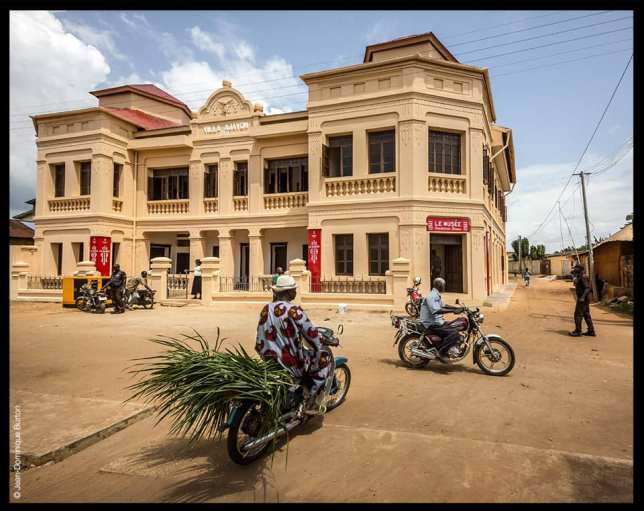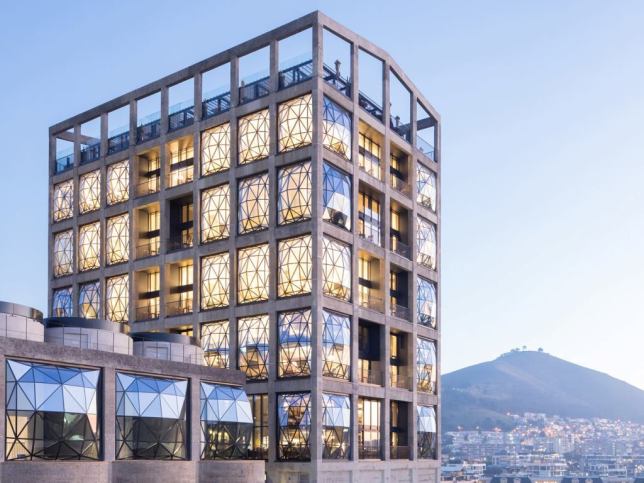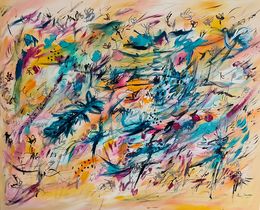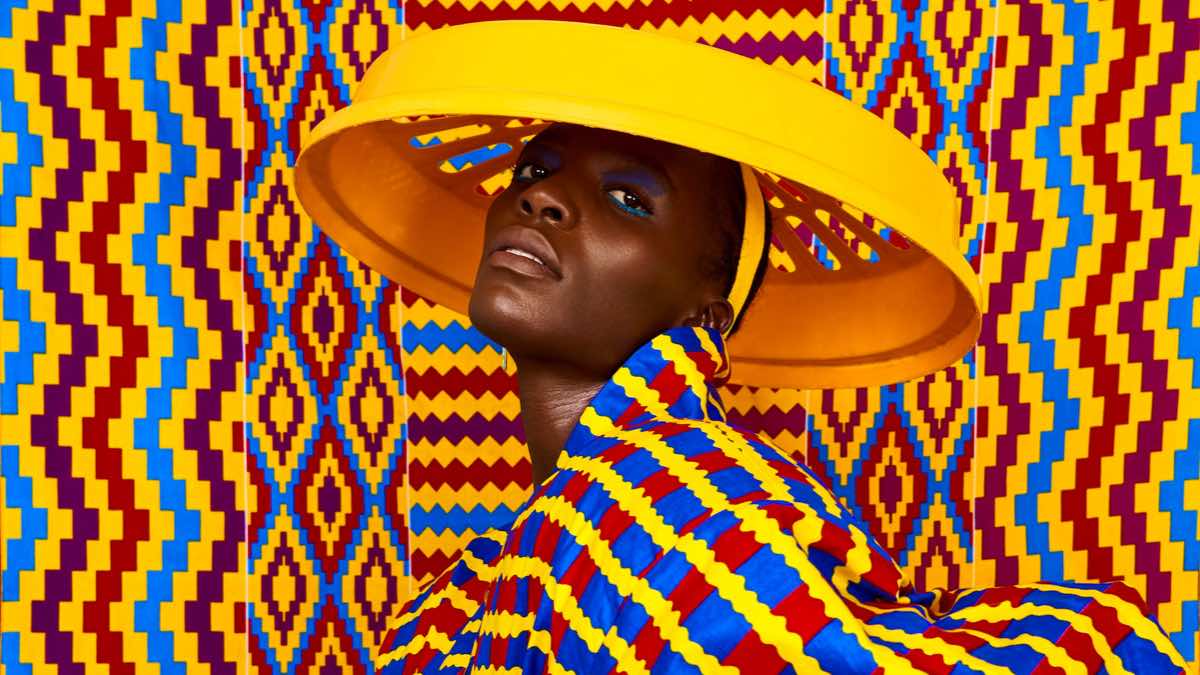
The Best Collections of Contemporary African Art

Like Cézanne or Matisse, we no longer count the followers and enthusiasts of African art. But if museums such as the Quai Branly or the Humboldt Forum have impressive collections, they carry the weight of a colonial past. Artsper invites you to discover the best collections of contemporary African art in situ. In Angola, Benin, Algeria, we see contemporary African art shine in the four corners of this immense continent.
The Fondation Zinsou, a mecca for art
Located in Cotonou (Benin), the Fondation Zinsou’s mission is to promote contemporary African art. It promotes African art in situ, notably by hosting and financing artists from different countries on the continent. It also enhances African art throughout the world thanks to its incredible collection of over 1,000 works. Among the artists, we find Malick Sidibé, Cyprien Tokoudagba, Chéri Samba, Joël Andrianomearisoa, Zanele Muholi or Aïcha Snoussi. The Fondation Zinsou thus enables African sculpture, painting and photography to be recognized internationally. Through art, Marie-Cécile Zinsou wishes to enable everyone to break out of the roles of domination and submission. Through cultural richness, the Foundation attempts to re-establish a balance between individuals, populations and nations.

MACAAL, Al Maaden Museum of Contemporary African Art
Inaugurated in 2018, the Al Maaden Museum of Contemporary African Art focuses on the art of Africa. An independent non-profit museum, MACAAL is located in Marrakech, one of the capitals of contemporary African art. Mixing exhibitions and workshops with young talents, renowned African photographers and international sculptors, MACAAL has quickly become a focal point. Thanks to the combination of an impressive permanent collection and temporary exhibitions, this museum is a must-see.

The private collection of Sindika Dokolo
A true advocate of African art, Sindika Dokolo has built up a private collection of more than 5,000 works. An activist for classical African art, Dokolo has bought back works stolen by Europe and returned them to their African owners. And in 2005, he inaugurated the Sindika Dokolo Foundation in order to build a center for contemporary art located in Luanda (Angola). He wishes to exhibit his incredible collection and allow African artists to be recognized on their own territory as well as internationally.

The Zeitz Museum, contemporary art of Africa
The Zeitz Museum of Contemporary African Art (MOCAA) is the largest museum of contemporary African art in the world. It is the result of a collaboration between businessman and collector, Jochen Zeitz, and the Victoria & Alfred Waterfront. Located in the city of Cape Town and founded in 2017, it quickly gained a respectable reputation. And for good reason: Zeitz’s collection features the work of artists such as Kehinde Wiley, Marlene Dumas and Chris Ofili.

Art, a force to overcome post-colonialism
With 55 countries and more than 1.2 billion inhabitants who speak between 200 and 2,000 different languages… The African continent is vastly enormous, to say the least. In the image of this wealth and cultural plurality, African art has become a plethora of diverse creativity. It’s an art that has so fascinated Western populations that its creators have been deprived of a large number of works. For if African art is recognized internationally, it is also more present there than on its own territory. Indeed, between 90% and 95% of African heritage art is outside the continent. The question of African art therefore highlights major political issue.
The need to go beyond a post-colonial vision of art in general, and specifically of African art, becomes essential. And that’s the whole point of African contemporary art: to allow artists to first grow on their own ground. On the other hand, to radiate their value throughout the rest of the world.

About Artsper
Founded in 2013, Artsper is an online marketplace for contemporary art. Partnering with 1,800 professional art galleries around the world, it makes discovering and acquiring art accessible to all.
Learn more













